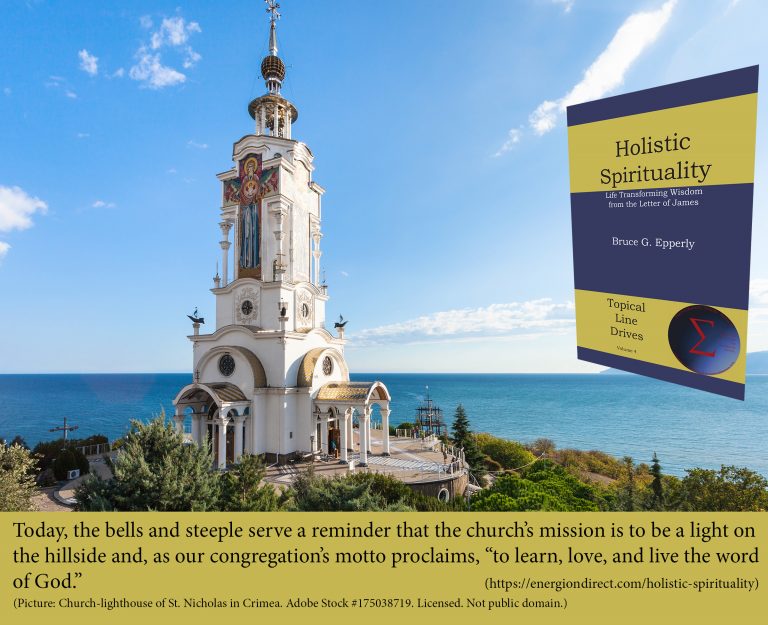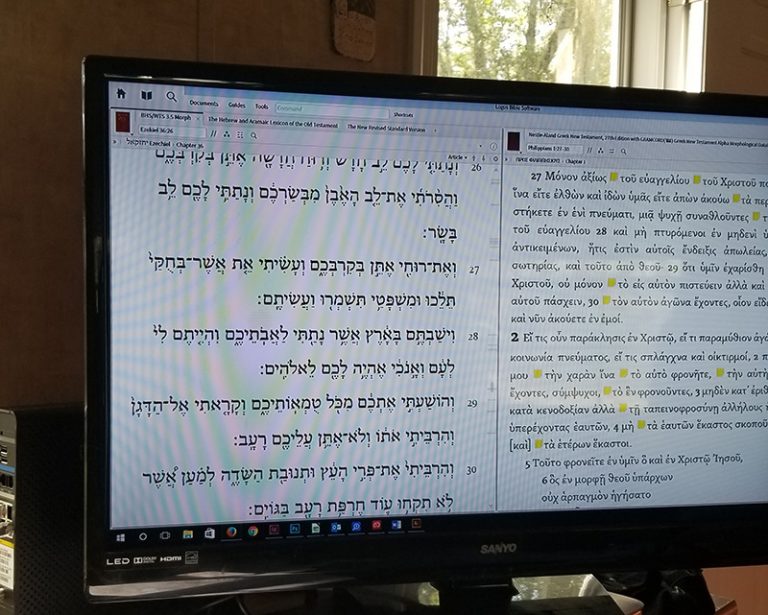Leviticus – Two Commentaries Compared
The first is by David W. Baker, one of three in Leviticus, Numbers, Deuteronomy (Cornerstone Biblical Commentary), which is based on the NLT text. The second is Samuel E. Balentine, Leviticus (Interpretation, a Bible Commentary for Teaching and Preaching).
Yes, I have been reading both of these commentaries simultaneously, though in different portions of Leviticus. At the moment, I’ve completed David Baker’s commentary and am about to go on into Numbers by Dale A. Brueggemann in the same volume. I’m about half-way through Balentine’s commentary, but I think I have seen enough to make this comparison useful.
Briefly, most of the comments I will make on the two commentaries are implied in the purpose of each series. There are really no surprises. First, let’s look at the total amount of commentary each provides. The portion of the Cornerstone volume on Leviticus is 208 pages excluding front and back matter. The Interpretation volume has 213 pages, but each page has about 25% less text. The total is changed, however, by the fact that the Interpretation volume does not include the Biblical text, whereas the Cornerstone volume does (NLT).
It is rare that I read two books together that both exceed my expectations, but these did. Having started with Milgrom’s three volume commentary a few years back, I have been continually looking for commentaries that will help me express some of the things I found in this much neglected book of the Bible. While I still regard that study of Leviticus as a high point in my personal study of the Bible, I found that both of these commentaries helped me with thinking of ways to express what I have both learned and felt.
It is not surprising, considering the breadth and high quality of Milgrom’s work, that both commentaries cite his views extensively and favorably, frequently choosing Milgrom’s interpretation in controversial cases.
The critical difference between the two commentaries is one of focus. I would say that if you want to get pointers toward specific doctrinal issues or ethical positions, Baker’s is more likely to satisfy you. If you’re more interested in theological themes and the broader sweep, then choose Balentine. Both cover the basics and both are, not surprisingly, well referenced.
One might even say that Balentine tends to get a bit more poetry out of Leviticus than does Baker, while Baker gets more prose. If I were preparing a sermon, I think Balentine would get me to material I could use more quickly. I would also note that you’ll probably be happier with Balentine if you are more concerned with liturgy. Baker tends to learn non-liturgical things from the liturgy; Balentine tends to learn about liturgy and ritual. Neither of them completely neglects other topics. I’m speaking hear of emphasis, not exclusivity.
That is one of the joys of using these two commentaries. I can generally recommend them for a range of uses. The only caveat would be that neither deals extensively with issues of source and redaction criticism that often take up space in a commentary on the Pentateuch. If you want to study those areas, you’ll have to look elsewhere. They are mentioned, but not dealt with extensively.
I’m very glad to have read both of these commentaries. For me their primary contribution was in application and in communication, but they would provide an excellent grounding for someone who was just beginning a study of the book of Leviticus.





I’m far from a biblical scholar, but we’ve been reading the book of Leviticus in my church small group, and I’ve been pleasantly surprised at how much more I enjoy it now as an adult. I did my own write-up of the message I receive from Leviticus and, again, while it’s not bookworthy, anyone who’s interested can find it here.